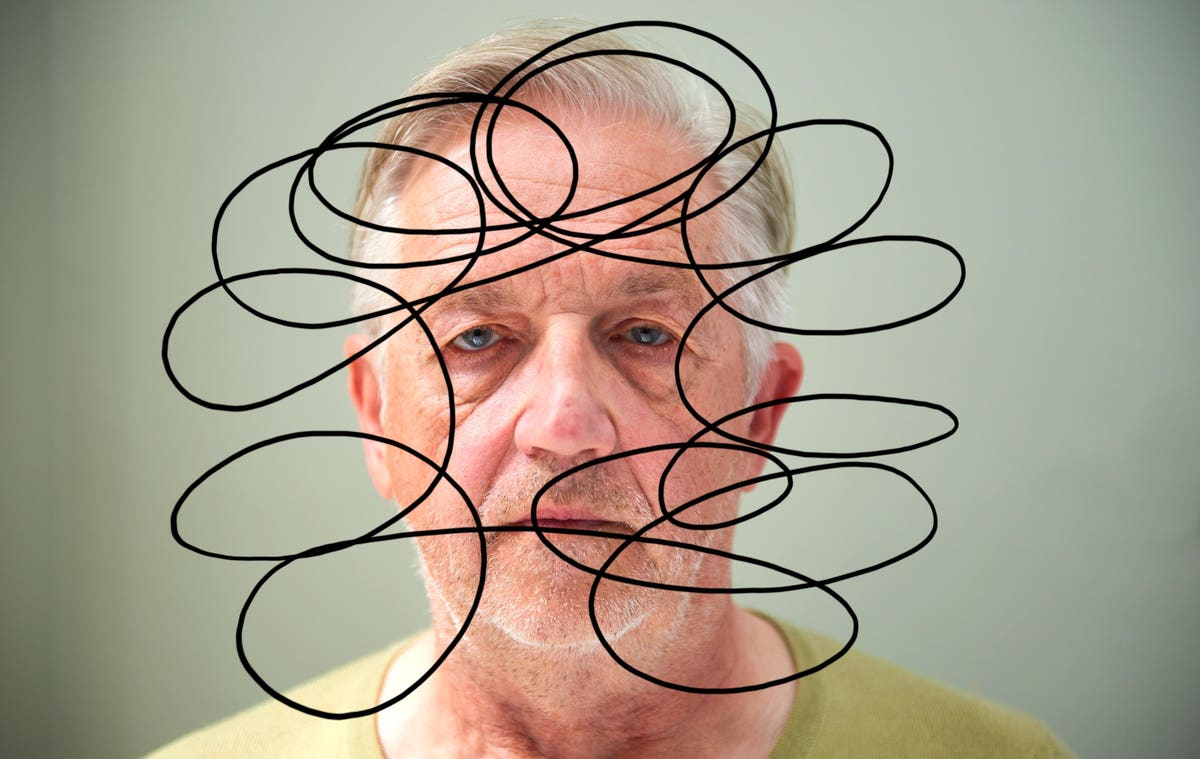Antonia Bowring ABstrategies LLC, MBA. Top Ranked Executive Coach, Author and Speaker. Pre-order her book “Coach Yourself” via her website.
I try hard to avoid sitting in a big room listening to a speech that doesn’t interest me. I find it physically uncomfortable to remain still and focus when I’d rather be doing something else. But there are times when I want to absorb what the speaker is saying because I am interested, yet even then I have trouble paying attention and retaining the information. Did I mention that I have an adult diagnosis of attention-deficit/hyperactivity disorder (ADHD)?
I recently completed an ADHD course and a light bulb went off. The instructor explained in simple language the steps involved in learning and walked us through the techniques we all can utilize to maximize our learning.
My key takeaway? Each of the four steps involved in learning can involve different sensory processes to help us focus and retain information. We need to invest time to identify which techniques work best for us as individuals at each step of the learning journey.
A Two-Part Framework For ADHD Learning
The clients I coach with ADHD have found this two-part framework helpful in building awareness and creating the scaffolding they need to activate their attention, maintain their focus and retain the information they want to remember and use later.
Part 1
Ask yourself these four questions to break a learning experience into different steps.
• How do you activate your interest in the topic/task to be learned right now?
• How do you keep your focus on the topic/task at hand?
• What do you do to understand the topic/task?
• What do you do to remember the topic/task learned—in the short term and the long term?
Once you answer those four questions, you can determine which of the eight sensory processes you naturally use and which others you can introduce to improve your focus and learning results.
Part 2
The eight sensory methods applied to learning are auditory, conceptual, kinesthetic, visual, verbal, emotional, intuitive and tactile.
Two ADHD Case Studies
I recently introduced this two-part framework to an executive I work with who attends a lot of board meetings and struggles to maintain focus and retain the information delivered.
First, we walked through the four questions and identified which sensory processes he currently uses: overwhelmingly auditory and visual, which is typical. Then we brainstormed other sensory processes he could introduce to help himself.
After some trial and error, he landed on a number of enhancements that worked for him. First, where he sits affects his focus. Now, he chooses to sit close to the screen where slides are projected (visual). He also realizes that copious note-taking is helpful for him. He now has an iPad with an app for highlighting and taking notes directly on the documents (tactile). He also realizes that isn’t enough to retain the information. Now he gets the documents printed with his notes on them, and he reads them (verbal) while pacing back and forth (kinesthetic).
For myself, I have realized the importance of tactile hacks to improve focus and processing. For instance, discreet gum chewing helps me focus while listening. Also, I need to take copious notes with pen and paper to record what I am hearing. I can now distinguish that recording is different from processing and retaining. For the latter, I need to carve out time to review notes and then write out index cards with key takeaways. That process has improved both short- and long-term retention. (And in the worst-case scenario, the index cards are easy to access!)
I encourage adults with ADHD to try out this two-part framework. See what works for you—and keep refining your system into something authentic for your learning needs.
Forbes Coaches Council is an invitation-only community for leading business and career coaches. Do I qualify?
Read the full article here





